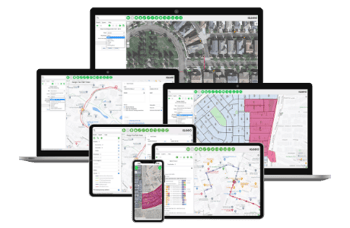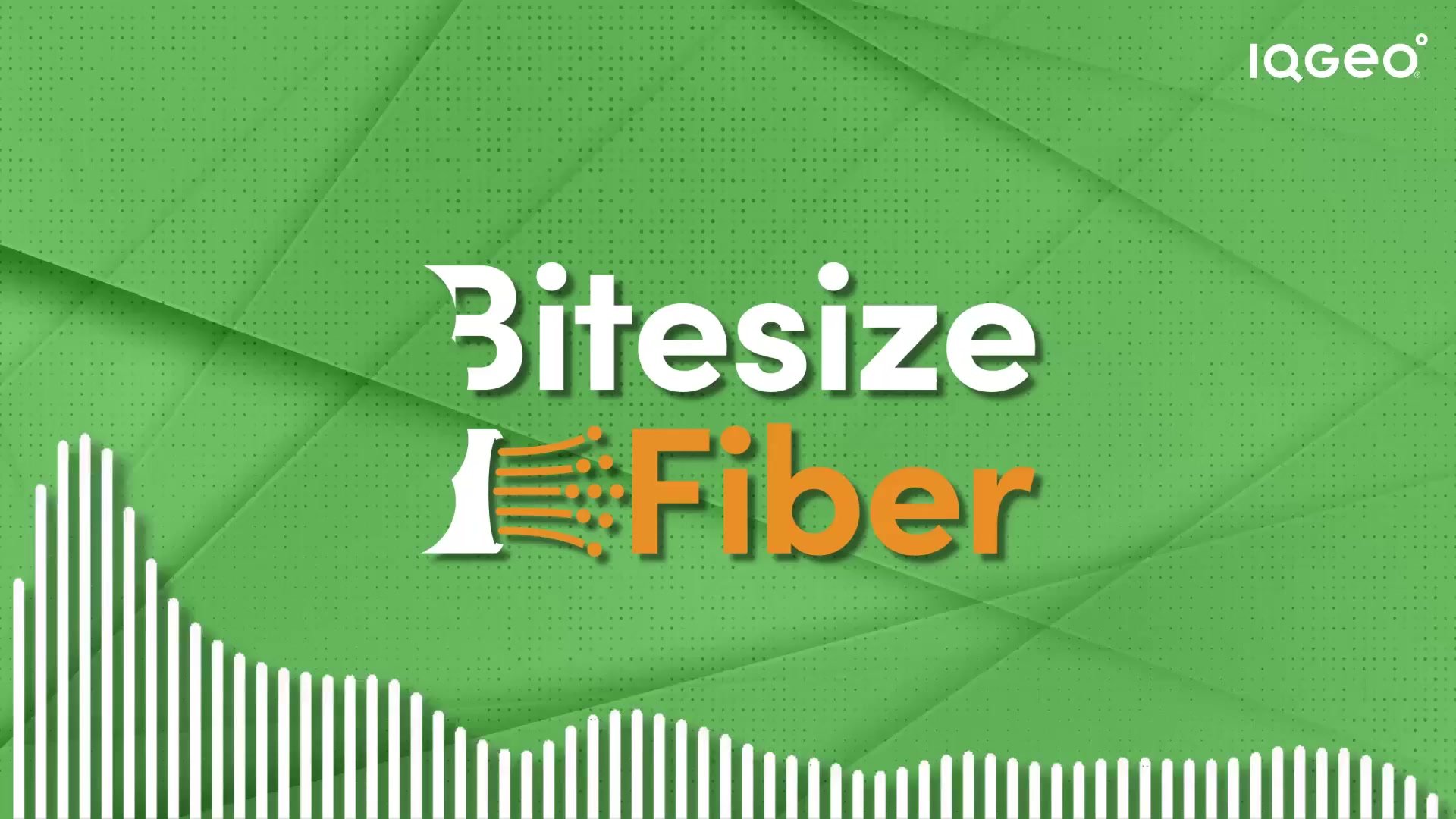Fiber optic technology has improved dramatically in order to keep up with skyrocketing data demands and Internet usage, leading to a modern digital age where information travels at nearly the speed of light. In this brief article, we want to help demystify how this happens, at least on a surface level, and highlight a few helpful resources where you can learn more about the technology and what career paths exist in the fiber optics space.
With how much we hear about “The Cloud,” it’s easy to forget that so much of the information we consume actually travels underground through thousands of miles of tubes that have been installed over decades.
In the past, we relied heavily on conductive metals to send information via electrical signals. Today, glass and plastic fiber optic cables carry data in the form of light signals, a much more efficient and effective way of getting information quickly around the world.
What is fiber optic technology?
Fiber optics refers to a method of data dissemination that relies on the transmission of light signals passed through networks of glass and plastic tubes. This technology underlies much of our telecommunication infrastructure today as it facilitates fast signal transfer with little electromagnetic interference and signal loss, two common issues with legacy networks built using copper wire.
The first generation of fiber optic cable was placed in the 1970s. Since then, the technology has grown significantly in popularity across the world due to its bandwidth capacity and high reliability over long distances. The fiber optic cables themselves consist of several components including optical fibers that carry the light pulses, amplifiers to boost signals, and receivers that convert digital information back and forth between electrical and light signals.
Experts at the University of Wisconsin recently estimated that there is over 110k miles of fiber optic cable sitting in U.S. soil today.
Where can you go to learn more about fiber optics?
With a quick Google search of “fiber optics,” you will find a number of helpful definitions and overviews of the technology. But, to really build your knowledge bank, the following three resources are great places to start.
Explain that Stuff has an easy-to-digest article that summarizes how data transfer has evolved over time and how fiber optic technology differs from what we have used in the past. The author gives a nice summary of the anatomy of a fiber optic cable and describes its uses and value across various fields.
In 2014, a publication was released in conjunction with the World Congress of Engineering that discusses future trends in fiber optic communication. The authors provide a fantastic overview of the technology, including a brief history, and cover future implications of fiber optic communication.
For the really ambitious, The Fiber Optic Association has an extremely thorough database of free resources that cover everything you would ever want to know about fiber optics.
What is a fiber optic network?
A fiber optic network is an interconnected web of fiber optic cables that facilitates high-speed digital data transfer throughout a defined area.
Networks vary greatly in size and can serve different purposes depending on the intentions of the companies installing the cable. Network development has also grown increasingly ambitious as fiber optic technology has improved.
Back in January, the city of San Francisco announced intentions to connect the entire metropolitan area by a municipal fiber-optic network. The Pacific Light Cable Network is trying to connect Los Angeles to Hong Kong via fiber optic cables which would enable 144k gigabits of data to travel 8,000 miles every second. Until resources and efforts were scaled back in 2016, Google was trying to bring fiber optics directly to homes and office buildings, thereby extending the reach of networks to private premises.
Effective fiber network management
With so much investment pouring into expanding fiber optic networks, the need for effective network management is becoming more and more evident. Companies need to invest in Fiber Network Management Systems (FNMS) to help them manage their network’s overall performance and maintenance.
This is where the IQGeo software comes in. Reach out today to schedule a product demonstration with one of our Solutions Engineers to learn more about how we can help you with your fiber network management.
Similar articles:



 Previous
Previous







